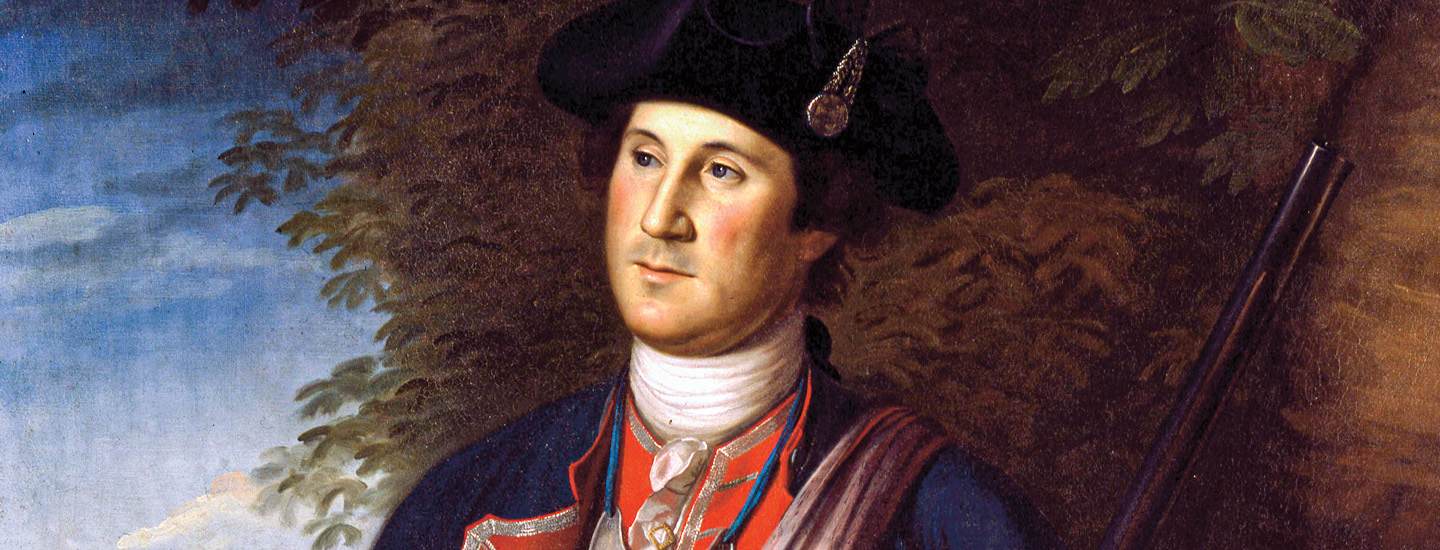George Washington was in way over his head. On May 28, 1754, Washington was a 22-year-old military officer from what was then the British colony of Virginia. Bold, brave, and ambitious, the future U.S. president was also completely inexperienced in war. And he was about to make a serious, even tragic, blunder.
That morning, Lieutenant Colonel Washington was leading a group of 40 Virginian soldiers through the deep woods of what is now western Pennsylvania. Although Native American peoples already lived in this area, France and Great Britain also claimed it for themselves. The British called it the Ohio Country.
At the time, French forces were building a base called Fort Duquesne (doo-KAYN) at the Forks of the Ohio River (see map, below). The location would give them control over rivers leading into the heart of the continent. Washington’s mission: to tell the French to abandon Fort Duquesne and get off what the British claimed was their land.
George Washington was in way over his head. It was May 28, 1754. He was a 22-year-old military officer from what was then the British colony of Virginia. The future U.S. president was bold, brave, and ambitious. But he was completely inexperienced in war. And he was about to make a serious, even tragic, mistake.
That morning, Lieutenant Colonel Washington was leading a group of 40 Virginian soldiers through the deep woods. The area is now western Pennsylvania. Native American peoples already lived there. But France and Great Britain had claimed it for themselves. The British called it the Ohio Country.
At the time, French forces were building a base called Fort Duquesne (doo-KAYN) at the Forks of the Ohio River (see map, below). The location would give them control over rivers leading into the heart of the continent. Washington’s mission was to tell the French to give up the fort and to get off what the British claimed was their land.

